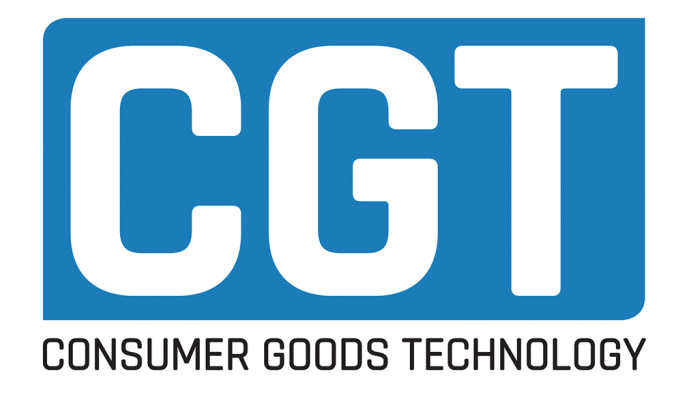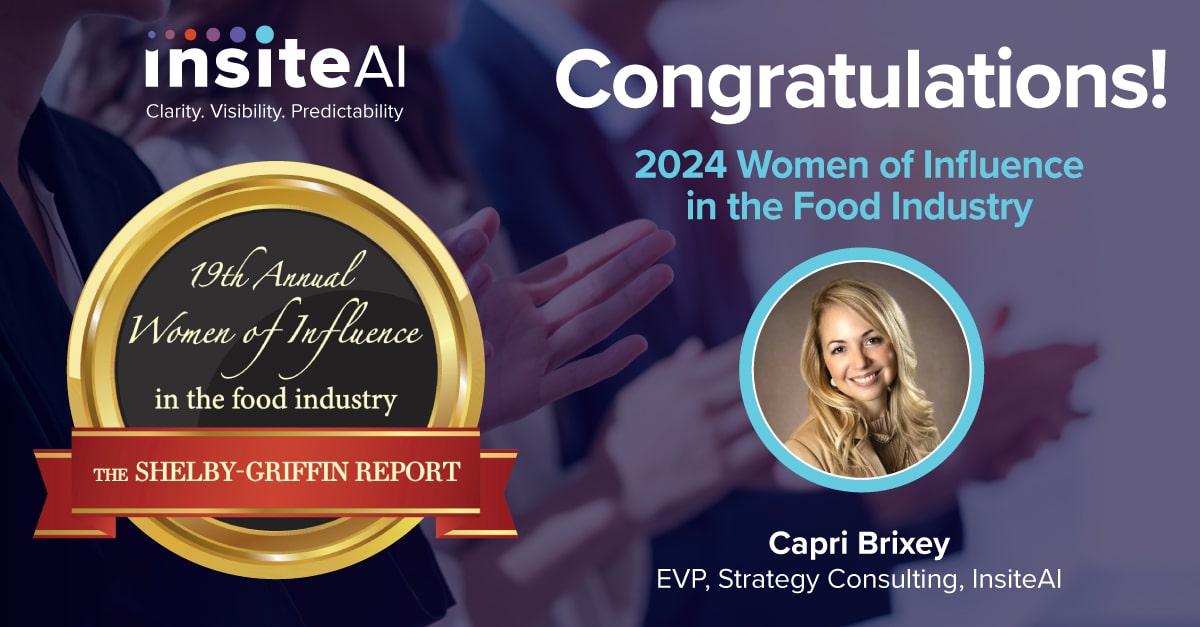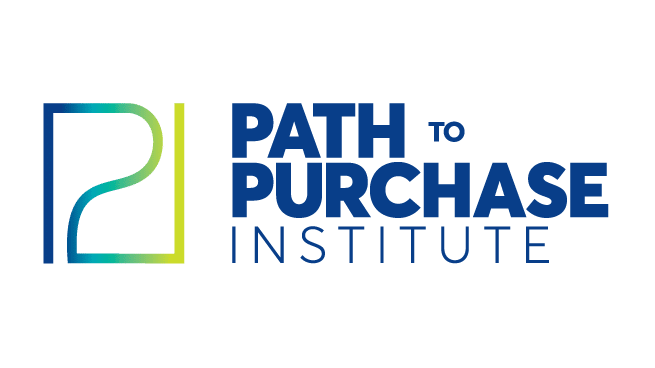
First posted here: https://www.retailcustomerexperience.com/blogs/a-harmonious-tale-strengthening-the-retailer-cpg-relationship/
Ryan Powell, SVP retail strategy and consulting at Insite AI, explains why the relationship between retailers and CPG brands goes beyond breaking silos of data and understanding each other’ strategies. Success is tied to collaborative planning processes as if they were a single entity.
For decades, the relationship between retailers and their CPG brands have been a critical, albeit complex one to navigate. Both share mirrored desires to remain competitive, capture consumer loyalty and spend, and drive greater market share.
At the same time, they both face very similar challenges from increasing cost pressures, defense against new entrants, the rise of direct to consumer marketing, and ever-evolving consumer demands.
But the two are often at odds with different business objectives and goals, especially when it comes to pricing, and they have historically remained distinct in their pricing strategies. According to a report by Bain & Company, relations between the two actually fell to their lowest level within the past five years in 2021, mainly driven by approaches that favored short-term sales.
The fact is, though, that there’s a huge opportunity for both parties to work more closely together, break down those detrimental silos, and ultimately increase profitability for all. With record numbers of new categories and brand extensions launched every week, pressures from online shopping, and ever-shrinking shelf space, making smarter choices for in-store together will be imperative for success moving forward.
Considering CPGs and retailers have monthly, quarterly, and annual revenue and profit targets to hit — plus shareholders and stakeholders to satisfy — it’s important to acknowledge that delivering a joint business plan wouldn’t necessarily be a simple, quick fix. It requires bold leaders from both sides prepared to invest time and energy in order to properly execute against this sort of strategy. For those willing to make this change though, the benefits could be significant. In fact, that same Bain report cited a more than 10% increase of incremental profit pool growth in just one year if retailers and CPGs build intelligent and well-devised, joint business plans.
So, where to start?
Establishing trust and transparency
The strongest relationships are built between people, and although written business plans and agreements are necessary, the most important investment is establishing the utmost trust, transparency, and rapport with all involved retail and CPG parties. This isn’t just limited to C-suite executives or VPs. In fact, it is even more important that the people who will actually deliver the day-to-day execution like category managers, buyers, and shopper marketing directors trust one another and recognize they are working collaboratively for a common business goal. This, in turn, requires conversations around, and deep understanding of, each other’s needs and goals: What does success look like? How are they being appraised? Aligning on these points up front is key to successful collaboration.
Another success factor is the use of data. Both retailers and CPGs have access to unique data sets that, if combined, could change course for their businesses. Retailers are typically armed with incredible intelligence and analyses around shopper behaviors and engagement through Electronic Point of Sale, loyalty card, and large amounts of consumer data.
On the flip side, CPGs have much more granular figures and expertise surrounding their specific brands and overall categories (i.e., factors like pricing, assortment, and space optimization). Many CPGs also have greater capabilities when it comes to AI, ML, and analytics that help improve forecasts, recommendations, and decision-making to provide enormous value for the retailers.
As part of this though, trusting CPGs data’s accuracy and value and demonstrating a willingness to use it will be the first step in driving paired success.
Those who plan together, stay together
Moving forward to satisfy the consumer goes beyond breaking siloes of data and understanding each other’s strategies, or even discussing mid- and long-term goals. For success it is critical for retailers and CPGs to actually conduct their planning processes together as if they were a single entity — particularly focused on category planning.
Sure, CPGs could very well grow specific brands and drive that short-term success for their retailers on their own, but true long-term success requires strategic initiatives and decision-making centered around entire category growth, building strategies that are right for the retailer’s DNA and for the consumers that shop there.
One way to achieve this is for CPGs and retailers to work cohesively in the same platforms to co-develop the numbers, projects, predictions and co-manage the data. Through greater collaboration at the planning stage and increased transparency the two can more effectively and efficiently ensure true optimization of assortment, pricing, and shelf space, and make sure consumers get the value they need.
Knowing your work isn’t done
Above all, one of the most important things for CPGs and retailers to keep in mind once they’ve implemented this connected approach is to remain continuously innovative. Considering how volatile the retail industry is and every variable involved, remaining stagnant or complacent in tactics is a recipe for disaster. Being inquisitive and consistently asking questions, analyzing data through different lenses, introducing new data sets into ecosystems, and having a real-time understanding of customer sentiment and trends will be essential in staying agile, smart, and one step ahead against other industry players.
While this collaborative approach appears a daunting task, one that will require unprecedented levels of cooperation and even change management, the potential for market success makes the effort well worth it. By working in true partnership, retailers and CPGs have the greater potential to strengthen profit margins, shopper relationships, and overall success. As the pandemic rages on across the globe and disrupts previous operations, alters consumer behaviors, and challenges retail and CPG execution more than ever before — taking the leap of collaboration could prove more beneficial not only now, but in the many years to come.
Ryan Powell is SVP retail strategy and consulting at Insite AI
First posted here: https://www.retailcustomerexperience.com/blogs/a-harmonious-tale-strengthening-the-retailer-cpg-relationship/






